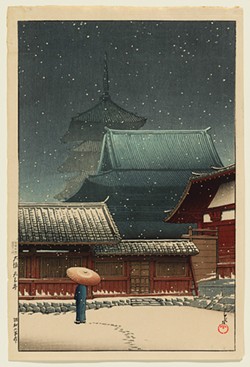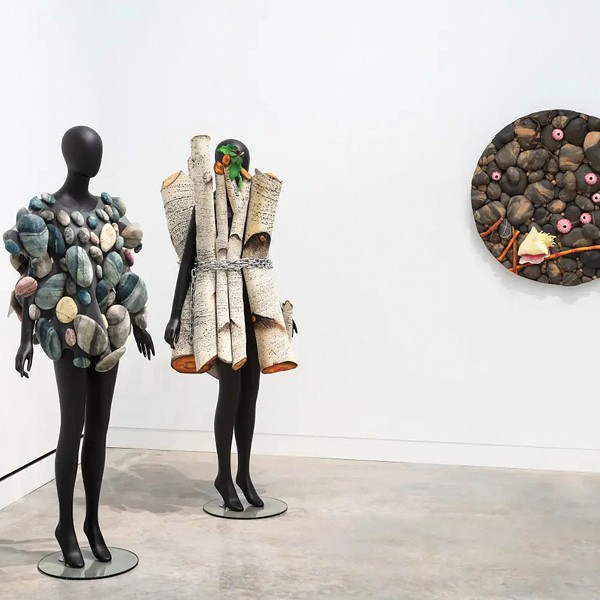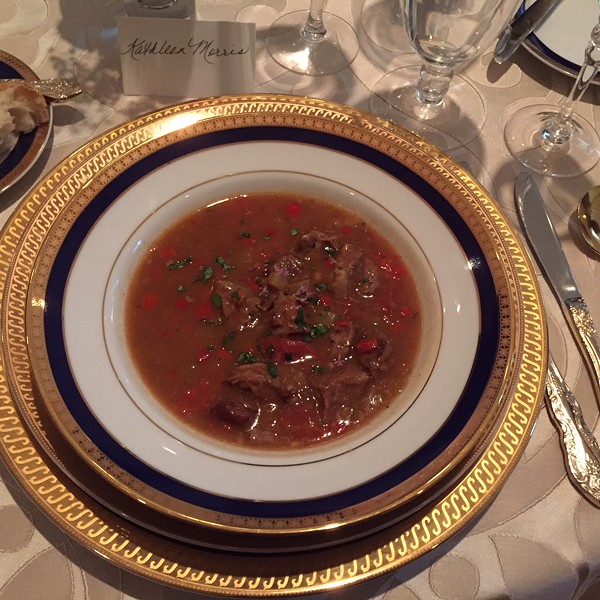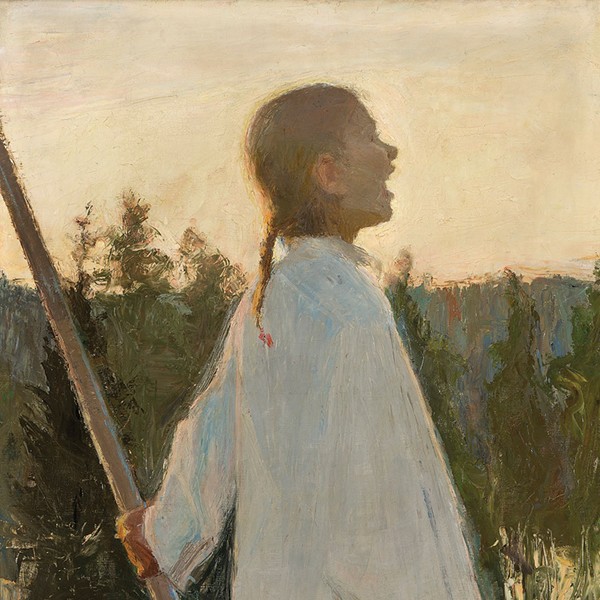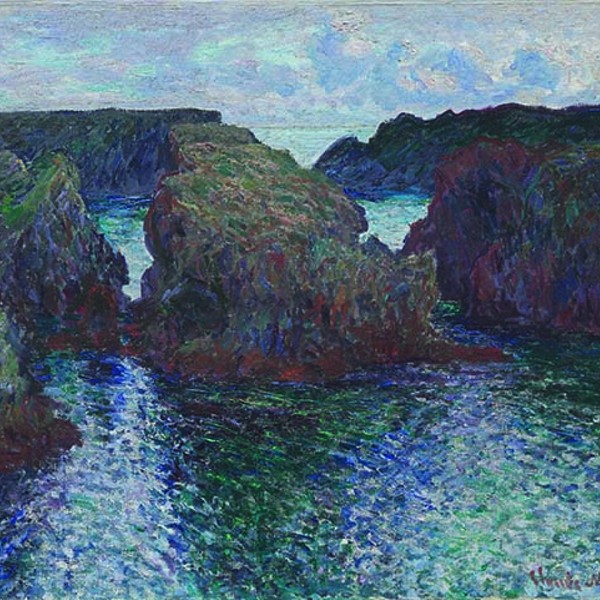The gracious tranquility featured on the cover reproduces a woodblock print from the series Souvenirs of Travel III by Japanese artist Kawase Hasui (1883-1957), a pillar of the shin-hanga (new print) movement in which traditional printmaking techniques blended with Western-influenced aesthetics.
Hasui's devotion to art was briefly interfered with by his parents' insistence that he take over the family business wholesaling rope and thread. The business went bankrupt when Hasui was 26, freeing him to pursue a 40-year career in the creation of beauty. When he first applied to study with Kyokata Kaburagi, the artistic master advised him to go and study Western painting technique first; he did, and was accepted by Kaburagi two years later. In 1956, a year before his death, Hasui was named a Living National Treasure.
The print on the cover, Tennoji Temple in Osaka, is part of an exhibition of 73 woodblock prints on display in Williamstown, Massachusetts, at the Clark Art Institute titled "Japanese Impressions: Color Woodblock Prints from the Rodbell Family Collection." Donor Adele Rodbell has been a volunteer docent at the Institute since 1978. Before that, three years spent living in Japan sparked a lifelong love of Japanese culture. The family gifted the Clark 48 prints in 2014.
"That piece is a lot of people's favorite," says exhibit curator Jay Clarke. "I think there's something about seeing a figure from behind that encourages you to identify with them, follow them into the painting. The snow, the temple—it's iconic. Hasui was famous for his snow scenes, and I think we here in the Northeastern US can relate."
Behind the quiet beauty of the image is a story of collaborative effort. "Hasui was one of the most prolific artists of his generation in Japan," says Clarke. "He worked very closely with his publishers, who commissioned works and paid for the materials." In the tradition of his predecessors, a different block was used for each color. And there was a division of labor involved in each print; the artist would travel and sketch, make a drawing, and transfer it to the woodblock. Someone else would cut the wood, and yet another person would make the actual print. The woodcutting and printmaking were not afterthoughts. Everyone's expertise was highly respected as an important part of an elaborate process.
"I think part of the reason this work stands out is that a lot of the prints use colors that are very saturated," says Clarke. "This one is more subdued, and I think that adds to the calm of this person just standing in the snow under an umbrella, just gazing."
The exhibition, which traces the evolution of the form over 150 years, explores the complex and changing relationship among artists, woodblock cutters, and publishers from the ukiyo-e (scenes from the floating world) tradition of the mid-nineteenth century, the shin-hanga (new print) movement of the 1920s and 1930s, and the sosaku-hanga (creative print) movement that began in the 1950s. "Japanese Impressions" is on view through April 2. (413) 458-2303; Clarkart.edu.







